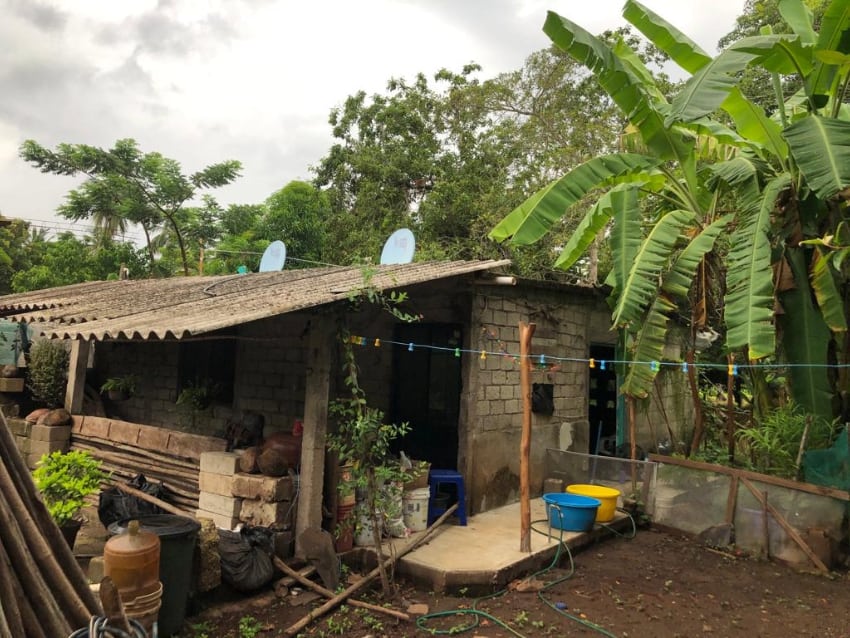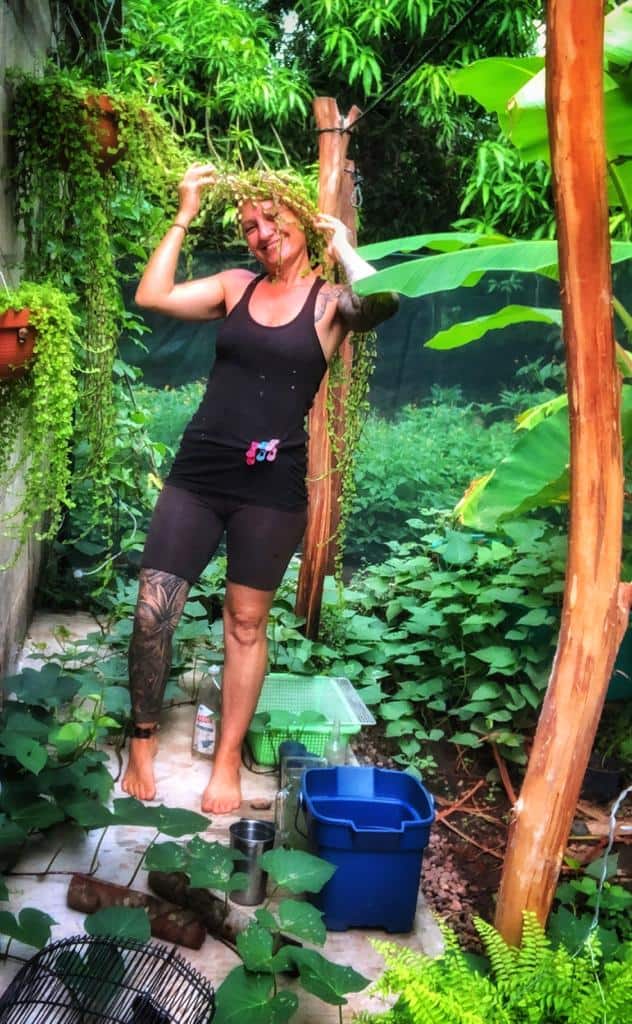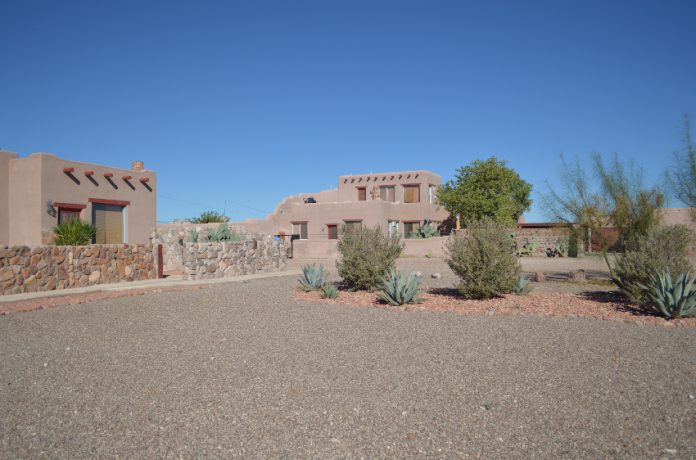A couple of years ago, I had the pleasure of meeting and interviewing Camille Turok de Flores, to get a glimpse of what it is like to be the only “gringa” in a rural community in Guanajuato. I covered her story here.
Women Surviving Rural Mexico, her Facebook group, is an important resource for its 160 or so members. Many of whom are married to people who returned to Mexico from the United States, whether voluntarily or otherwise.
And while love plays a part in many stories of foreigners living in places they might never have considered otherwise, there are some who have found their destinies off the beaten path.
For retirees like Patricia Bruton and John Davis, who are both married to Mexicans, their Mexican partners were certainly part of the equation; more importantly, though, they built lives more satisfactory than what they had back home. For Bruton, that means a charming house in Acaxochitlán, Hidalgo, with space for her many dogs, along with apple and pear trees. Unable to really “retire,” Davis and his wife busy themselves in Matanzas, Jalisco, creating businesses to help employ people in her hometown. Although Davis says they work more hours than they did in the U.S., their life now is far more satisfying than their former corporate ones.
In Casas Grandes, Chihuahua, Jack Anderson found the place to experiment with earth and adobe construction under the principles of community-minded architecture. Here he built his home and the Pueblo del Soul boutique hotel right on the border of the Paquimé archeological site, which informs much of the complex’s design. Interestingly, despite the proximity to the border and Pueblo Mágico status “I am surprised that I am the only gringo here.” Anderson says.
But perhaps the most unusual case of living on her own terms is that of Kelly Roske, who says she lives “A pretty wild and exploratory life on almost no money.” At the moment she lives in the tiny village of Singayta, Nayarit, among “little brick houses with leaky sheet metal roofs, dogs and chickens.”

Her extremely frugal lifestyle began by raising children off a small survivors’ pension in Maui, but it became a chosen lifestyle. She has lived in various places in the U.S. and Mexico, learning to live off the land and odd jobs in order “not to be tied down.” That resourcefulness got her a gig on the Discovery Channel’s “Naked and Afraid.” Today, she is working to move out of Singayta to a more remote spot in the nearby mountains.
One curious thing is that to find your “little isolated community,” you don’t need to go all that remote. Megan L. is the only foreigner in El Moral outside of San Martín Texmelucan in Puebla, just off the highway that connects Puebla and Mexico City. Go about a half hour away even from large enclaves like Chapala or Ajijic and you can find towns where life has not changed all that much despite locals having foreigners as neighbors.
The proliferating number of Pueblos Mágicos has had one unintended effect: since being on the list means that the community is more open to outsiders, foreigners are looking at them as alternatives for living in.
Not for everyone
It would be wrong to paint living as the only foreigner in a small town as idyllic. Like everything else in life, there are trade-offs to be considered.
The first is that even with online resources, you’re still an isolated outsider – at least to some extent. That’s something that is reinforced every time you go outside to do something simple like buy bread. Learning Spanish is a must for all residents, and your social options are even more restricted without it. Even if you speak Spanish, you may deal with people with no experience hearing their language in a foreign accent and can be uncomfortable with it. Some newcomers online have expressed hurt by the Mexican tendency to call people by some physical or demographic attribute, like “güero” (white) or gringo, as doing so is taboo in many of our societies. Even with conscious knowledge that no offense is intended, not everyone make the emotional adjustment.

There is the stereotype that rural people are more honest and friendly than their urban counterparts. However true this may or may not be, it would never be wise to blindly trust those who know the legal and cultural landscape far more than you. Joyce Barnett found this out the hard way in her small Colonia Morelos outside of San Miguel de Allende, taken advantage of by builders and even parents who send their children to a small school she set up during the pandemic. Despite this, she still admires the very poor people among whom she lives for their resourcefulness and determination.
This is one main reason why foreigners the world over form enclaves. Those who do not have a support system of foreigners make one with a select circle of locals. This is often done through marriage, but all of the respondents took some steps to involve themselves in the community in some way, to be a bit more than just the “gringo” in the neighborhood.
The advantage of Mexican support is that your people know how things work; the downside is that they may not accommodate your quirks as much as you might like. Not long after I interviewed Ellen Sharp on her work with monarch butterflies, she separated from her husband of over seven years, no longer able to navigate his family’s dynamics or the local community politics.
Younger people are moving to Mexico in greater numbers, often bringing children with them or having them here. The question of their education is usually answered with “private school.” English teacher Melissa, who lives outside of Huajuapan, Oaxaca, does not necessarily agree with this solution. In more rural areas, private schools may not be better than public ones. The answer is to be proactive in your children’s education. Homeschooling, entirely or in part, is one option along with picking and choosing from what public schools and community cultural programs have to offer.
If there is one lesson that binds all these stories – and many more – it’s that to succeed, you need to build relationships with the Mexican community surrounding you. That’s true everywhere to some extent, but it’s crucial when you’re in a culturally immersive environment. Although not everyone can live so disconnected from their home culture, those who have succeeded also noted one other thing: their experiences in their little towns have enriched their lives.
Leigh Thelmadatter arrived in Mexico over 20 years ago and fell in love with the land and the culture in particular its handcrafts and art. She is the author of Mexican Cartonería: Paper, Paste and Fiesta (Schiffer 2019). Her culture column appears regularly on Mexico News Daily.
